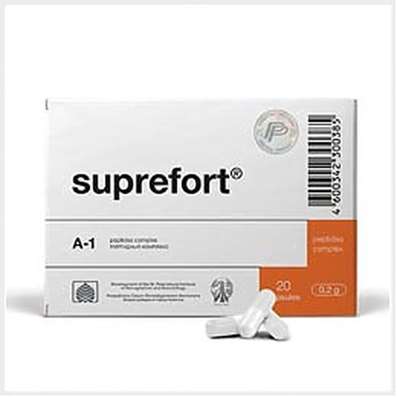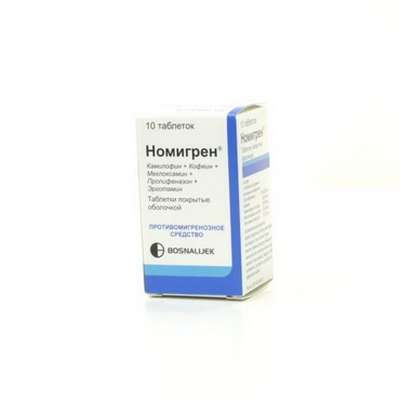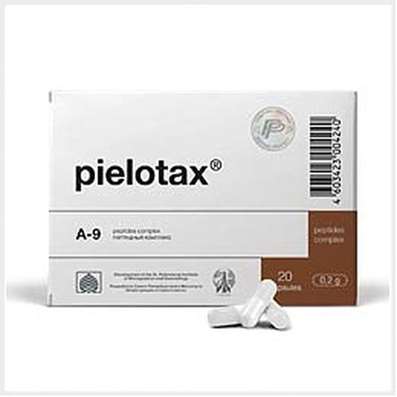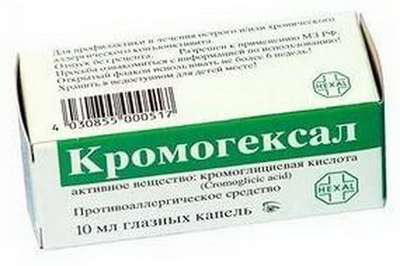Sports Pharmacology – Management of Athlete’s working capacity
19 Oct 2016
Additional risk factors
• Regime and its violation
- Possible failures: rest, sleep, jetlag, "winter", "summer" time and a "violation of the regime."
• Diet
- Diet does not correspond to the sport;
- Unbalanced energy (kcal);
- There is compliance training process (carbohydrate period during protein);
- Unbalanced intake of protein, fat, carbohydrates;
- No carbohydrate feeding in training;
- Not complied with the meal (mode);
- Incompatibility of food ingredients;
- Indiscriminate consumption of mineral water;
- The consumption of contaminated water. Diet pro complies with all 365 days of the year, not only in preparation for a competition.
• Hypovitaminosis, lack of minerals
• Intoxication:
Alcohol
- Decreases the speed of complex motor reactions, accuracy muscular effort;
- There is an imbalance of excitation and inhibition in the CNS;
- Decreases the accumulation of glycogen in the liver; at high loads a high risk of hepatitis B;
- Adversely affects the exchange of B vitamins, trace elements;
- Increased blood clotting;
- Possible dystonia;
- Tachycardia;
- Slow down the recovery process;
- Reduced volitional qualities of the athlete.
Smoking (including passive)
- Growth slows down in adolescence;
- Reduced mental and physical performance;
- Decreases the speed of complex motor response, accuracy muscular effort;
- 10% decreases the ability to absorb oxygen and hence increases the load on the heart;
- Reserves are exhausted vitamins C, E, A;
- Increased tendency to spasm of blood vessels;
- Increased susceptibility to diseases of the bronchi, lung, gastric mucosal damage due.
Household intoxication
-household chemicals;
- Poor-quality drinking water;
- Nitrates in the products.
Professional intoxication
- Chlorine - swimming;
- For breathing mixture - scuba diving;
- Powder gases - bench, shooting;
- Synthetic coatings - halls, paths; Other.
• Air pollution
Athletes who train in urban environments, are influenced by various pollutants that may have an impact on athletic performance. Especially pernicious exercise near industrial plants, roads. The most common air pollutants: carbon monoxide, ozone, sulfur oxide, nitrogen oxide and peroxide acetyl. (Some information about Phenotropil pills)
Sports facilities (stadiums, sports palaces, gymnasiums, the venue of the competition) must have a passport with an indication of the environmental concentrations of certain substances in the course of the day. Accordingly, one can calculate the damage caused to the health: the concentration of the toxic substance, multiplied by the volume of lung ventilation, multiplied by the respiratory rate.
• Outbreaks chronic infection (Ochi)
- Caries;
- Asymptomatic or low-symptom disorders of the ear, nose, throat, liver, kidney, intestines;
- Fungal skin lesions.
• Dysbacteriosis
• Invasion of morbidity
• Infection (acute)
• Clothes, shoes
- Injuries, flat, scoliosis, osteochondrosis, osteoporosis, overheating, frostbite, etc...
• Inventory, protective equipment
- injury
• Environmental factors:
Heat
- Dehydration, heat illness, injuries.
Cold
- Dehydration, hypothermia, frostbite.
Highlands
- Dehydration, hypothermia, overtraining
• Iatrogenesis
At sufficiently high athlete raising a number of issues of biomedical orientation.
• Medications - danger of intoxication
- Unwarranted use - not on the testimony;
- Failure to comply with dosage;
- Polypharmacy, ie the appointment of a large number of preparations (in this case - antagonism, potentiation);
- Doping.
• Limited and non-systemic use of preventive, curative, rehabilitation funds in the annual training cycle
Every time there is no dynamics of athletic performance at a certain time interval, it is necessary, using the table in this chapter classification management capacity for work, to identify the reasons preventing the increase of efficiency. Knowing the cause, you can try to fix it.

 Cart
Cart





